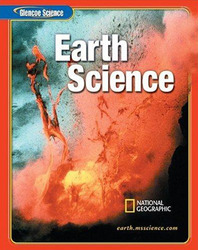1.
A) Coronal Materials Ejections B) Central Mass Ejections C) Coronal Mass Ejections D) Coronal Mass Emissions 2.
A) It doesn't orbit. B) the universe C) the solar system D) the Milky Way 3.
A) Betelgeuse B) Sirius C) Orion D) Polaris 4.
A) five B) three C) four D) two 5.
A) because they are the brightest stars B) All constellations are visible all year long. C) because they are the closest D) because they are located directly above the North Pole 6.
A) decreases B) increases C) doesn't change D) vanishes 7.
A) gravity B) inertia C) friction D) forces 8.
A) chromosphere B) surface C) corona D) photosphere 9.
A) parallax B) brightness C) parallel D) size 10.
A) apparent magnitude B) absolute solitude C) apparent strength D) absolute magnitude 11.
A) absolute magnitude B) apparent magnitude C) absolute measure D) apparent measure 12.
A) dying star B) old star C) exploding star D) young star 13.
A) the Sun's rotation B) the rotation of the galaxy C) the magnetic field associated with sunspots D) Earth's magnetic field 14.
A) cool B) hot C) low D) medium 15.
A) elliptical B) spiral C) They occur in equal amounts. D) irregular 16.
A) are located in a circular constellation. B) appear to circle around the North Star as the Earth rotates. C) are always located above the North Pole. D) never appear around the North Pole. 17.
A) their temperature B) their weight C) their age D) gravity 18.
A) carbon, oxygen B) carbon, helium C) hydrogen, oxygen D) hydrogen, helium 19.
A) energy B) matter C) mass D) liquid 20.
A) Blue shift B) Parallax C) Fusion D) Fission














